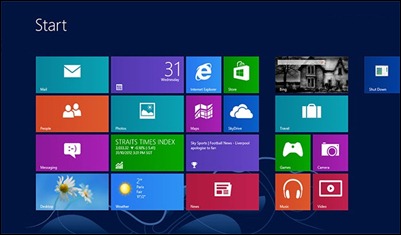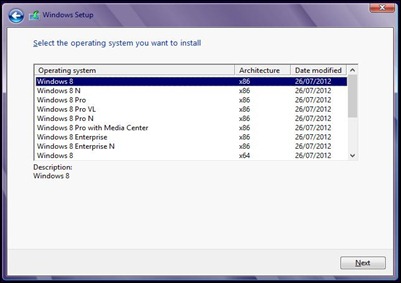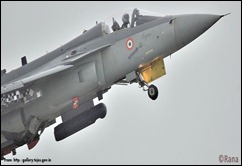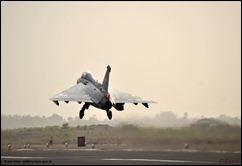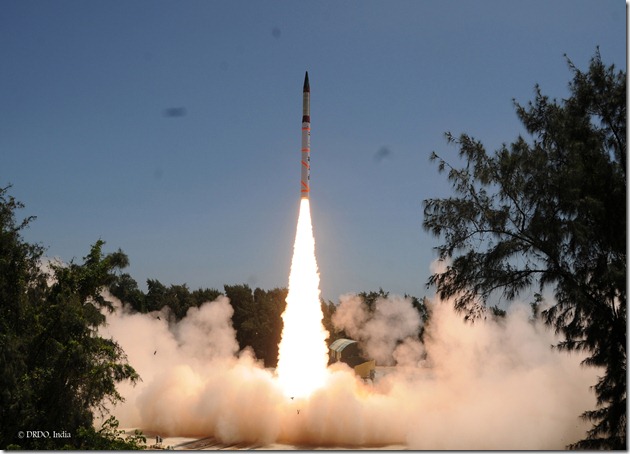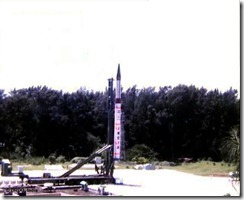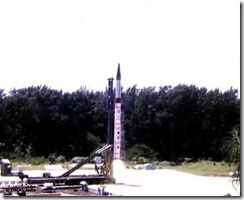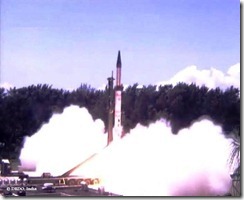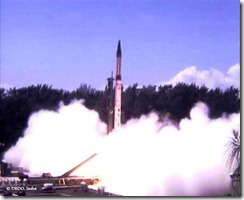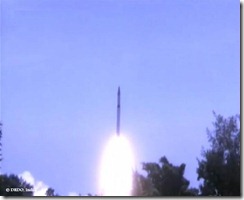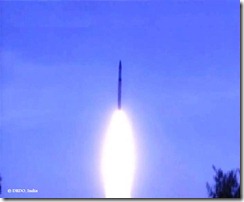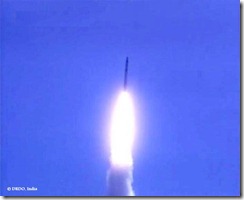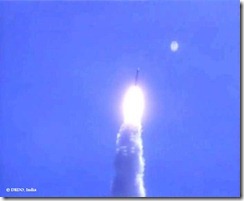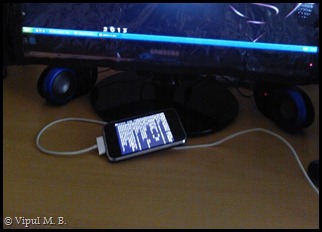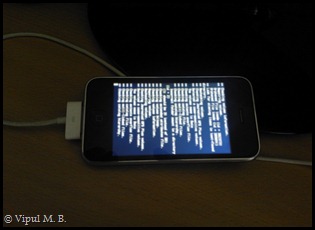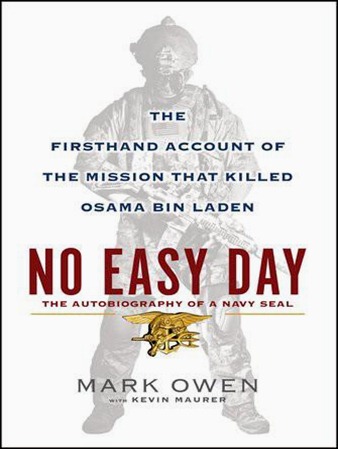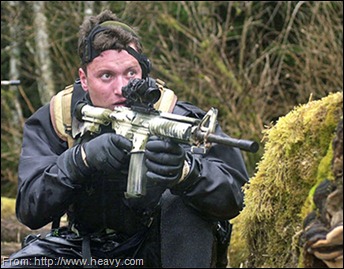After posting excerpt of 1st three chapters from David E. Hoffman’s ‘The Dead Hand’ in August this year, here i am posting 2nd part of the excerpt.
This excerpt is from Chapter-4 of The Dead Hand.
PART-1
Chapter 4 - The Germ Nightmare
In the years after World War II, the United States built an offensive biological weapons program, but it was abandoned by President Nixon in 1969. Three years later, the Biological and Toxin Weapons Convention was signed, prohibiting the development and production of germs for warfare. The Soviet Union joined, and became one of the three nations to serve as a depository, or custodian, of the agreement. Then, in an audacious turn, Soviet leaders secretly broke their obligations and expanded research on offensive biological weapons through a vast and concealed complex of laboratories and institutes disguised as civilian facilities. ...
... One part of the effort was called “Project Factor,” which was shortened from “virulence factor,” or “pathogenic factor.” Virulence is the relative ability of a pathogen to cause death. Boosting the virulence of bacteria and viruses made them more lethal. In parallel to Factor, other projects included “Bonfire,” a quest to create a new generation of germs that would resist antibiotics, while “Flute” attempted to fashion mind-altering compounds—a weapon that might cause a whole army to go crazy. “Ferment” was the name given to a drive for genetic engineering. Chemical weapons were “Foliant.” Separately, Soviet scientists were also working on germs to wither crops and devastate livestock. This was called “Ecology.”
In 1984, Sergei Popov was among the scientists at the forefront of Project Factor.
... Popov worked in a scientific institute at Koltsovo, a small town amid the forests in western Siberia, twenty miles southeast of a much larger city, Novosibirsk.
----
In 1984, at Vector, Popov was head of the chemistry department. He was facing a new challenge, the dawn of an ambitious quest to penetrate the secrets of the smallpox virus. Four years earlier, the World Health Organization had triumphantly announced that smallpox had been eradicated from the face of the Earth. Millions of lives had been spared. But what the outside world didn’t know was that smallpox was an object of experimentation for the scientists at Vector.
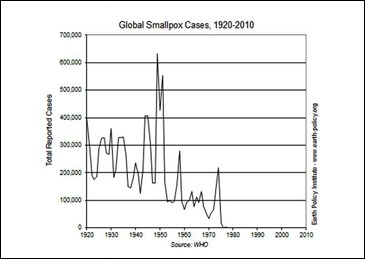
Global Smallpox Cases.
The virus, which had killed more people than all the wars of the twentieth century combined, was itself to be made into a weapon of war.
When he started at Koltsovo, Popov was dreaming only about science. He and his wife were lured by the promises of Lev Sandakhchiev, a compact, intense, chain-smoking scientist of Armenian descent who was assistant scientific director of Vector, and became director in 1979. ...
... Sergei and Taissia arrived with high hopes. “It was very attractive, and we knew nothing about biological weapons at that time,” Popov said. “Nobody even said a single word about it. It’s not like we were invited to do some kind of biological weapons research. No, no. Not at all. So we were completely naïve and we did not understand what was going on. And we were invited to join a new institution, and that was it.”
Sandakhchiev was in a hurry. He wanted to push the frontiers of genetic engineering in biological weapons. ...
... His institute did achieve some gains in civilian research, but at the core, it was a laboratory to discover new methods of using viruses to kill people on a massive scale.
----
... In 1978, Popov was promoted to head of the chemistry department, and he began to learn the true goals Sandakhchiev had in mind. He got his clearance for access to top-secret information. “And at that point I became irreversibly involved in the biological weapons program.”
... They asked him to sign a statement promising to keep the deepest secrets. “That was the beginning,” he said, “a very critical step. I committed myself. I signed the papers because there was no choice. Everybody was polite and nobody insisted, but I know very few people in my position who refused to cooperate. The refusal would be a kind of suicide, meaning the KGB would be after you for the rest of your life, and you would never get a decent job. I admire those people who had the courage to say ‘no.’ They were more mature than I was.”
----
The KGB had a large presence at the institute, supervising documents, watching management, keeping an eye out for spies. Each employee went through a meticulous background check. Links to the outside world were forbidden, and contacts with foreigners rare.
... The true purpose of Koltsovo was concealed with a “legend,” or cover story. “The so-called open legend provided to everybody was that the purpose of the institute was to push the development of industrial microbiology. ...
... It was a legitimate goal, which covered up the biological weapons program, because its purpose sounded exactly like the peaceful program.
----
Viruses are extraordinarily small, submicroscopic particles, hundreds of times smaller than a grain of sand, that infect a biological organism and cause disease. They were first discovered by Dmitri Ivanovsky, a Russian microbiologist, in 1892, and six years later by Martinus Beijerinck, a Dutch microbiologist and botanist.
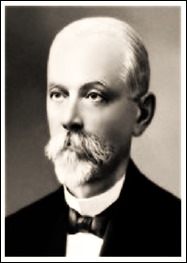
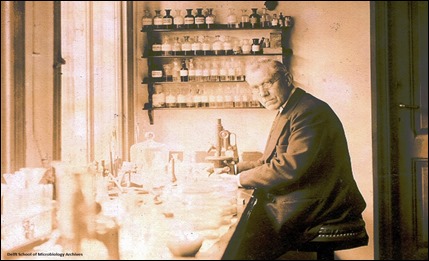
Dmitry Ivanovsky (Left) and Martinus Beijerinck (Right).
----
... Sandakhchiev’s dream was to build viral demons the world had never known—viruses that would attack troops or populations. But there were formidable hurdles to be overcome in this still-backward realm of Soviet science. The researchers had to learn to walk before they could run, and one of the early challenges was to synthesize genetic material, to make artificial DNA. At the time, methods were known in the West for creating simple genes, but the Soviet Union was still far behind. In the first six months of 1980, Sandakhchiev sent Popov on an extraordinary mission. Popov went to the University of Cambridge, England, to the famous Laboratory of Molecular Biology, a center of many of the world’s advances in microbiology, to absorb and copy the technology for DNA synthesis and bring it back. ...
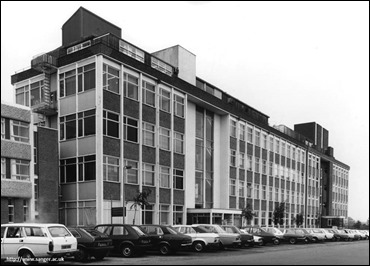
Laboratory of Molecular Biology, Cambridge.
When he returned to Koltsovo, laborious and time-consuming synthesis of DNA got underway.
----
... Sandakhchiev came up with the idea to build a huge warehouse or factory with automatic robots assembling DNA of different viruses. One virus a month, that would be an ideal productivity. And you could assemble biological weapons one after another.
The World Health Organization campaign against smallpox had taken more than a decade to complete. Now Sandakhchiev was proposing to create a new virus every month.
----
Meanwhile, behind the curtain, Vector began to study smallpox, hoping to give it new life as a biological weapon.
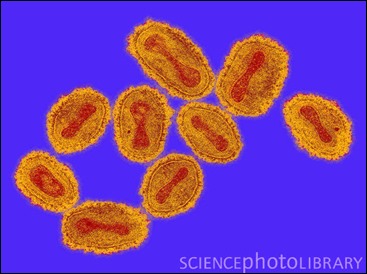
Variola Major, Smallpox Virus.
The smallpox virus is called Variola. The most severe and common is Variola major. Over the course of human history, Variola major claimed hundreds of millions of lives, and caused the most feared of deadly scourges. Historically, Variola major had an overall fatality rate of about 30 percent. ...
A long campaign to eradicate smallpox ended with the World Health Organization (WHO) declaration of success May 8, 1980. The WHO recommended the end of vaccinations worldwide. ...
----
There were different possible targets considered in the research, Popov said, but a decision was made to have the immune system turn against the body’s nervous system. Thus, if developed into a real weapon, it would cause victims to suffer in two waves. The first might be smallpox. But then, perhaps after a period of recovery, the body would turn on its own nervous system, and the victims would be paralyzed and die. The second wave would be unexpected; no vaccine could stop the process. “As a weapon, the thing would be absolutely untreatable,” he said.
“Absolutely untreatable, because first of all it may come as a surprise after the initial disease has gone away, the person may recover completely. And then the new wave of disease would be the death response …”
----
At Koltsovo, scientists like Popov broke through barriers of knowledge, but building actual weapons was the job of the military, which maintained its own separate laboratories. Vector was a research facility. The “customer” was the 15th Main Directorate of the Ministry of Defense. ...
----
Secluded in the forests outside of Moscow, another scientist was fighting his own battle. While Vector sought to alter viruses, Igor Domaradsky attempted to reengineer the genetic makeup of bacteria into an unstoppable warrior. ...
----
In 1984, he was fifty-nine years old. During the week, he lived alone in Protvino, a small town one hundred miles south of Moscow. He drove through the mixed forests of birch and bogs each day to start work at a secret laboratory. The location was called Obolensk, after ancient princes who once ruled the forests. ...
The laboratory at Obolensk was known as Post Office Box V-8724, one of dozens of closed Soviet cities and laboratories devoted to Cold War military work. ...
The enforced solitude caused him to ponder all that he had done. In the apartment, he began collecting papers and hiding notes of his life’s work, making illicit photocopies so the evidence of his achievements would not be destroyed by the secret services that watched over him.
----
Tularemia, commonly known as “rabbit fever,” is caused by a bacterium that is highly infectious. It is formally known as Francisella tularensis and is found in animals, especially rodents, rabbits and hares. In the early 1980s, the microbe became the object of Domaradsky’s research. ...
In general, the Soviet military preferred to use contagious pathogens like the smallpox virus and plague because they could cause epidemics. The military would simply light the spark, and the disease would spread like wildfire on its own. Tularemia is not contagious, and thus cannot be passed from human to human. Yet the military retained interest in tularemia because it required as few as ten microorganisms inhaled or ingested to infect someone. Tularemia is also stable and easy to aerosolize; the microorganism can survive for weeks at low temperatures.
----
The goal of Domaradsky’s research was to build a new microbe that would be resistant to many antibiotics. As an instrument of war, it would slice through helpless populations or armies like a scythe. According to Ken Alibek, who rose to become deputy director of the Soviet bioweapons program in the late 1980s, Domaradsky had once proposed to develop a strain of tularemia that would stand up against a whole spectrum of antibiotics, overcome vaccines and at the same time not lose its virulence. “The Soviet army wasn’t satisfied with weapons resistant to one type of antibiotic,” Alibek said. “The only worthwhile genetically altered weapon, for military strategists, was one that could resist all possible treatments.” ...
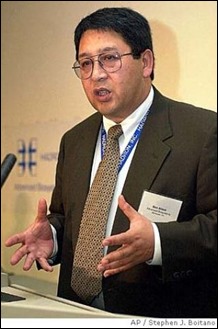
Dr. Ken Alibek
----
Domaradsky had been appointed scientific director of Obolensk in 1978. Four years later, a new general director was appointed, Major General Nikolai Urakov, who had come from a military laboratory in Kirov. ...
----
If the virulence fell, or if a test animal managed to survive a day longer, the military regarded it as a serious setback. “The desired bioweapons strain had to be fully virulent and deliverable in aerosol form. One germ cell had to be enough to start a lethal infection in a monkey,” Domaradsky said. “Furthermore, the infection had to be incurable.”
----
In the Cold War years of the 1950s and 1960s, both superpowers built arsenals of biological weapons from existing, known pathogens. ...
----
... Domaradsky considered one of his triumphs the development of an antibiotic-resistant strain of plague that could be used for vaccines. It was developed for civil defense, he told himself; the Rostov institute had never been working directly on weapons. “On the other hand, there was a dark side to that research,” Domaradsky later acknowledged, “though I did not realize it at the time.” The dark side was that his discovery could just as easily be applied to Yersinia pestis to create a new, killer plague.
----
For centuries, humans have sought to use toxins and toxic agents in war. ...
In World War I, advances in science and military technology gave rise to widespread use of chemical weapons. The use of German chlorine gas at Ypres on April 22, 1915, opened an epoch of horror. Over the next three years, 113,000 tons of chemical weapons agents were used in battle, killing more than 91,000 and wounding 1.2 million.17 In the aftermath, 128 nations signed an international agreement, the Geneva Protocol, on June 17, 1925, pledging never to use chemical or biological agents in war. The United States, despite being the country that championed the treaty, did not ratify the agreement at the time, and many nations signed but said they would reserve the right to retaliate with chemical weapons as a deterrent.
----
Chemical weapons consist of inert substances, such as arsenic, while biological weapons are made from living things, such as bacteria and viruses. A third category are toxins, which are isolated from living organisms, but unlike bacteria or viruses, they can’t replicate.
In the years that followed the Geneva Protocol, the race to discover biological weapons did not stop.
Japan’s quest was horrific. After reading of the Geneva accord in 1927, a Japanese military scientist, Lieutenant General Shiro Ishii, traveled the globe, and concluded Japan should arm itself with the weapon others were forsaking. The Japanese biological weapons program included four biological warfare units in China between 1936 and 1945. The largest of them during World War II was known as Unit 731, at Ping Fan in occupied Manchuria. Japan cultivated deadly bacteria and carried out large-scale, open-air testing of live pathogens, including anthrax as bacterial slurry in bombs. Japan also tested pathogens on prisoners of war. The precise death toll is not known but was in the thousands, and perhaps more if various epidemics are included. Japanese aircraft also dropped ceramic bombs containing plague-infested fleas, and grain to attract rats, in a series of field tests of aerial biological bombs on eleven Chinese cities in 1940. In the end, the military effectiveness of the Japanese weapons remains unclear. But the toll in death and suffering overall was large.
----
In 1928, a full-scale biowarfare program was ordered by the Soviet Union’s Revolutionary Military Council. The decree ordered the transformation of typhus into a battlefield weapon. The main biowarfare laboratory was located in Leningrad. ...
At the start of World War II, with the German advance, all the Soviet germ warfare facilities were hurriedly evacuated eastward by rail to the city of Kirov, where the whole effort was reassembled in the regional hospital.
At war’s end, the Soviet Union had acquired and weaponized a group of biological warfare agents they referred to as the golden triangle: plague, anthrax and cholera. Soviet troops had overrun the Japanese biological weapons headquarters in Manchuria in 1945. They found buildings destroyed by the retreating Japanese, but they seized prisoners and documents. In 1949, the Soviets tried a dozen Japanese prisoners who testified about germ warfare experiments. Details of the Japanese biological weapons program were sent to Moscow, including “blueprints for biological warfare assembly plants, far larger and more complex than our own.” ...
Through the 1950s and 1960s, American intelligence agencies struggled to learn more about Soviet biological weapons, but without much success. ...
In 1957, high-altitude photography of the island in the Aral Sea by U-2 spy planes showed more than 150 buildings, grouped into two settlements about two and a half miles apart. ...
The CIA analysts were puzzled because they expected to find a Soviet germ warfare program, but had not. They titled their report “The Enigma of Soviet BW.”
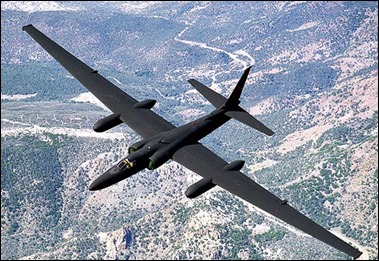
U-2 Spy Plane
----
The United States entered the search for biological weapons early in World War II, following Great Britain, which feared the Axis powers would use the weapons. ...
... Alarm about a possible German biological weapon led British Prime Minister Winston Churchill to ask the United States for 500,000 anthrax munitions. ...
... The Germans never weaponized biological agents; it turned out the Japanese program was much more active. During the war, the American biological weapons program was conducted with the secrecy equivalent of the Manhattan Project, and details were unveiled only in January 1946 by Merck. ...
----
A facility built at Pine Bluff, Arkansas, for large-scale fermentation, concentration, storage and weaponization of microorganisms began production in 1954. Human experimentation using military and civilian volunteers started in 1955. Biological bombs were detonated inside a one-million-liter hollow metallic spherical aerosolization chamber at Fort Detrick, Maryland, known as “the 8 ball.” An open-air testing site was built at Dugway Proving Ground in Utah. In May 1962, the army created a biological and chemical warfare coordinating organization, the Deseret Test Center, located at Fort Douglas, Salt Lake City, Utah. This center served as the headquarters for the biological warfare test operation. The United States carried out as many as 239 open-air trials between 1949 and 1969. Among them, American cities were unknowingly used as laboratories to test aerosols and dispersal methods; the test sites included tunnels on the Pennsylvania Turnpike. ...
... In the 1950s, an American program known as St. Jo developed and tested bombs and delivery methods for possible wartime use of anthrax weapons against Soviet cities. ...
... Much more ambitious tests with live agents were used in sea trials carried out in 1965 and 1968 against monkeys as targets on ships and islands in the Pacific Ocean. The 1968 test showed that a single airborne dissemination tank could disperse a virulent infectious agent over nearly a thousand square miles. ...
There was growing concern among scientists about the use of chemical and biological weapons in war. On February 14, 1967, some five thousand scientists, including seventeen Nobel Prize winners and 129 members of the U.S. National Academy of Sciences, asked President Lyndon Johnson in a petition to “re-establish and categorically declare the intention of the United States to refrain from initiating the use of chemical and biological weapons.” ...
... The petition prompted a White House effort to draft a statement saying the United States would not be the first to use biological weapons in the future, but the military objected, and Johnson never issued the statement.
Then came an accident. It involved a chemical weapons test but had much broader repercussions. At 5:30 P.M. on Wednesday, March 13, 1968, an air force jet roared over a circular target grid laid out at Dugway Proving Grounds on the Utah desert floor and sprayed 320 gallons of the lethal nerve gas VX. As the plane zoomed up, a valve failed to close. The deadly VX continued to pour from the plane, was picked up by wind gusts and spread as far as forty-five miles away. Within three days, thousands of sheep in the Skull and Rush valleys were sickened or died. The incident came to light only a year later when revealed in a television newsmagazine broadcast. …
… Although some scientific research results from the U.S. program were openly published, there were also secret parts, including the Pacific Ocean field tests.
Nixon had just taken office. His new defense secretary, Melvin Laird, a former eight-term congressman from Wisconsin, aware of the congressional mood, wrote to National Security Adviser Henry Kissinger that “it is clear the administration is going to be under increasing fire” from Congress. Laird urged a full-scale review of American germ warfare policy.
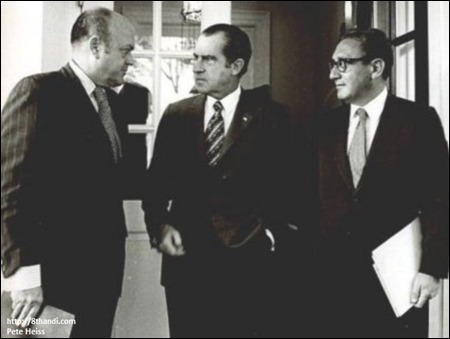
Melvin Laird, Richard Nixon & Henry Kissinger (From L to R)
... United Nations issued a startling report by fourteen scientists emphasizing the powerful impact of biological weapons, which, if used, could transform a society and its environment. The scientists said that in an attack, biological weapons would infect a wide area. The use of ten tons of agent might cover 38,610 square miles, slightly larger than the state of Indiana. The notion of using biological weapons in war “generates a sense of horror,” the scientists said. “Mass disease, following an attack, especially of civilian populations, could be expected not only because of the lack of timely warning of the danger but because effective measures of protection or treatment simply do not exist or cannot be provided on an adequate scale.” The World Health Organization, providing the scientific and medical details for the UN panel, estimated that 110 pounds of dry anthrax, if used by a single bomber against a target city in a suitable aerosol form, would affect an area far in excess of 7.7 square miles, “with tens to hundreds of thousands of deaths.”
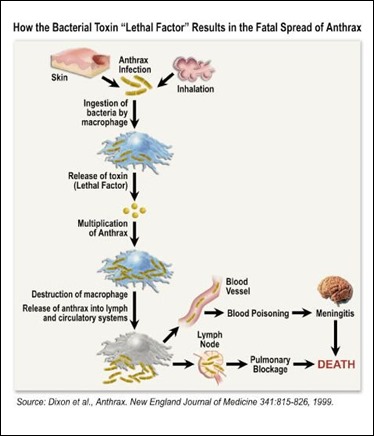
Anthrax & Immune Response.
On November 25, 1969, Nixon announced the United States would unilaterally stop all offensive biological weapons research and destroy the stocks, while maintaining a program of defensive research. He also pledged no first use of chemical weapons, but said the United States would retain them. He vowed to finally send the 1925 Geneva Protocol to the Senate for ratification and he endorsed a British proposal for a follow-up treaty to limit biological weapons. …
----
Nixon also adopted the view that nuclear weapons were the supreme deterrent and made biological weapons unnecessary. …
----
A few months after the toxins announcement, Laird sent an inventory of the U.S. biological weapons arsenal to the White House. It included 220 pounds of anthrax dried agent. According to Laird’s list, the U.S. also had 804 pounds of dried tularemia bacteria and 334 pounds of the incapacitating agent Venezuelan equine encephalomyelitis virus, dried, with another 4,991 gallons in liquid suspension. Also in liquid suspension were 5,098 gallons of Q fever. The list said the United States had filled 97,554 munitions with toxins, biological agents or simulants. The United States also stockpiled 158,684 pounds of wheat rust and 1,865 pounds of rice blast, both to be used as anti-crop weapons. No missiles were armed with biological warheads, although a bomblet-containing warhead for the short-range surface-to-surface Sergeant missile had been designed. There were eight aircraft sprayers. …
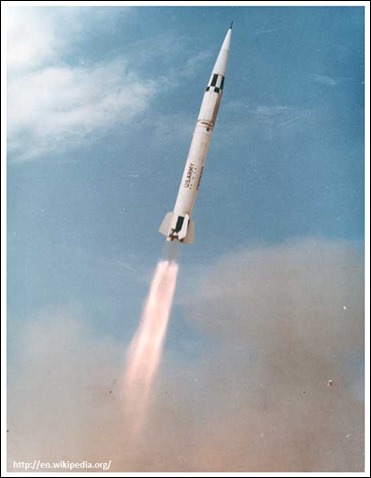
Sergeant missile
In his original declaration, Nixon expressed hope that other nations would follow the U.S. example. The Soviet Union did not.
![]() And he find the way from the internet. Got his email today so i posting here details of how to jailbreak iOS 6 & iOS 6.0.1.
And he find the way from the internet. Got his email today so i posting here details of how to jailbreak iOS 6 & iOS 6.0.1. 













